Nov 30 2023
My 2023 State Of The Collection Seiko Rolex Panerai Casio Omega Accutron Tudor Squale U0026 More
Posted by in state
Nov 30 2023
H. Nardin 21 J. Pocket Watch In Glass Back Display Case
Posted by in nardin
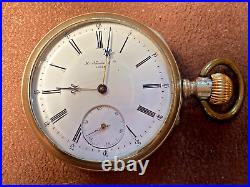
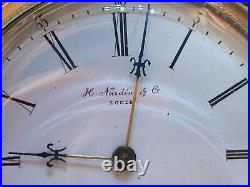
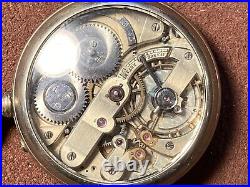
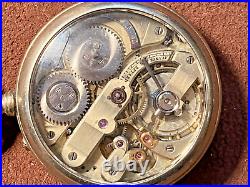
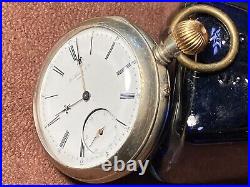
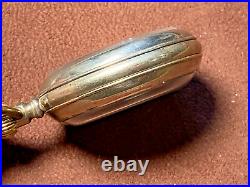
WATCH IS A GOOD RUNNER DIAL IS CLEAN.
Nov 30 2023
C1876 R. Marnoch, Kintore, Scotland Pair Cased Sterling Silver Mens Pocket Watch
Posted by in c1876
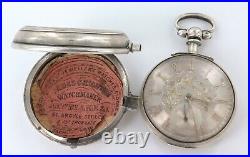
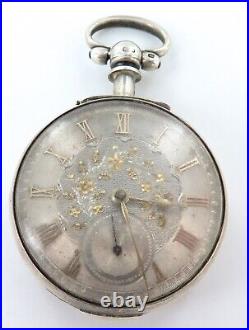
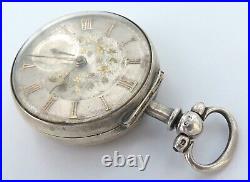
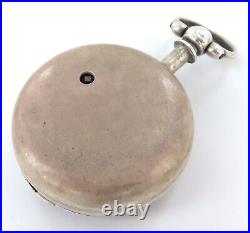
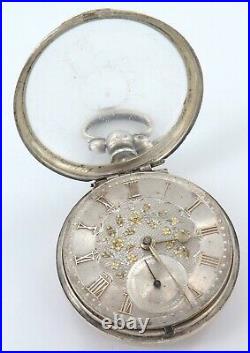
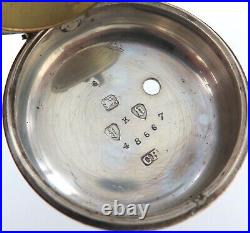
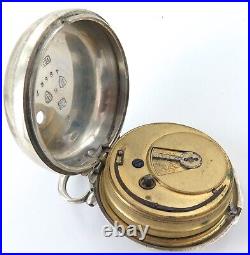
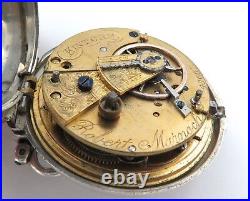
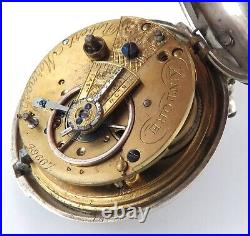
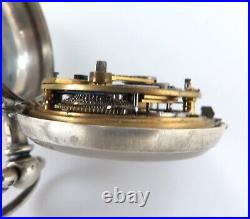
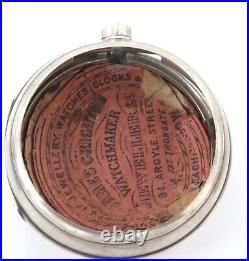
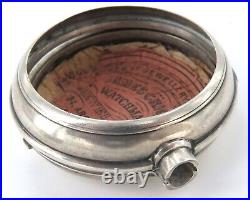
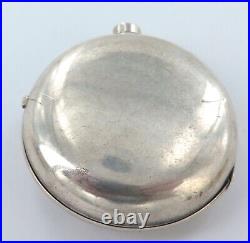
Marnoch, Kintore, Scotland Pair Cased Sterling Silver Mens Pocket Watch. RARE maker, Robert Marnoch, Kintore, Scotland!! Currently not working, fully wound, can. The inner English Sterling Silver case is hallmarked Birmingham with date letter b for 1876 & is 45mm in diameter. Have left the outer pair case untouched / didn. T check hallmarks as the papers inside are very fragile. Local Brisbane pick-up welcomed. This is the buyers / importers responsibility. We are constantly adding to our ever increasing range and have a large assortment of American Railroad Grade Pocket Watches. American Railroad Pocket watches were amongst the highest grade watches made, having been made for the railways makes them a great choice to use every day, mainly for their durability over time. Their lower production quantities and of course their high grade movements make them also a great gift or investment. A typical railroad’s requirements for a pocket watch in the early 20th century might include. Only American-made watches may be used (depending on availability of spare parts). Only open-faced dials, with the stem at 12 o’clock. Minimum of 17 functional jewels in the movement. Size 16 or 18 only. Maximum variation of 30 seconds (approximately 4 seconds daily) per weekly check. Watch adjusted to at least five positions: Face up and face down (the positions a watch might commonly take when laid on a flat surface); then crown up, crown pointing left, and crown pointing right (the positions a watch might commonly take in a pocket). Occasionally a sixth position, crown pointing down, would be included. Adjusted for severe temperature variance and isochronism (variance in spring tension). Indication of time with bold legible Arabic numerals, outer minute division, second dial, heavy hands. Lever used to set the time (no risk of inadvertently setting the watch to an erroneous time, when winding the watch with the stem). Anti-magnetic protection (after the advent of diesel-electric locomotives). The minimum requirements were raised several times as watch-making technology progressed, and the watch companies produced newer, even more reliable models. By WW2, many railroads required watches that were of a much higher grade (as many as 23 jewels, for example) than those made to comply with the original 1891 standard. _gsrx_vers_1536 GS 9.4 (1536).